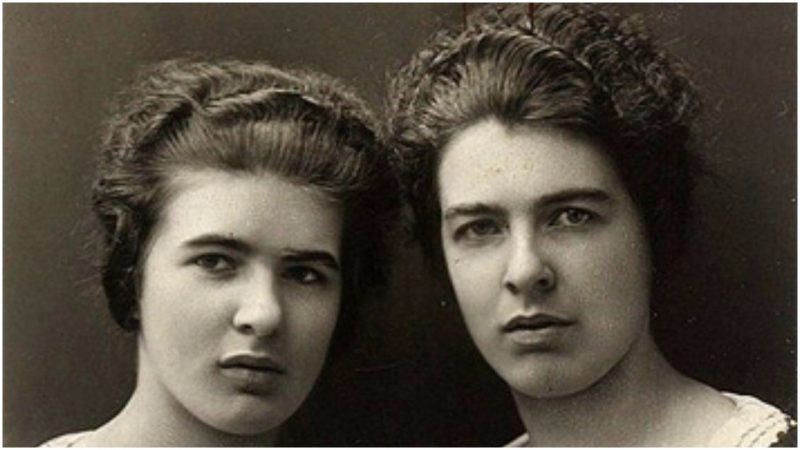The Papin sisters and the murders for which they were responsible have left a bloody mark in the annals of French criminology.
It also caught the attention of a significant number of French intellectuals who wrote different analyses of the case or adapted the unfortunate event for theater and film.
Christine and Léa Papin spent their youth in villages around Le Mans in western France. The age difference between them was seven years, but that didn’t seem to influence their bond. They had an elder sister, Emilia, who went on to become a nun in a monastery after her father allegedly raped her.
Christine and Lea grew up in a dysfunctional family, witnessing violence and various forms of molestation. As soon as the marriage fell apart, they were both sent to a mental institution to recover from the divorce which had affected them greatly.
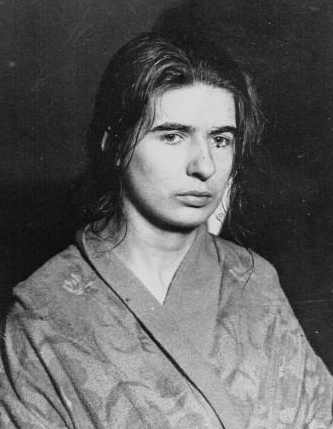
They proved to be inseparable, even though they were rarely seen talking to each other. This gave off an eerie impression as the two sisters looked as though they were telepathic. After their release, Christine and Lea managed to obtain work as maids in several households, always insisting on working in a pair.
In 1926, they became live-in servants in the mansion of René Lancelin, a retired solicitor living in the town of Le Mans. The mansion was home to Rene, his wife, and their grown-up daughter, while their other daughter had moved out to live with her husband.
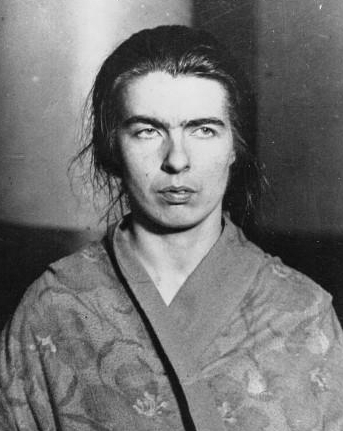
This was the ground on which the horrendous crime took place. The girls were reportedly obliged to work 14 hours a day, with only half a day off each week. This was seen as normal for house servants, as they were at the Lancelin’s disposal for most of the day.
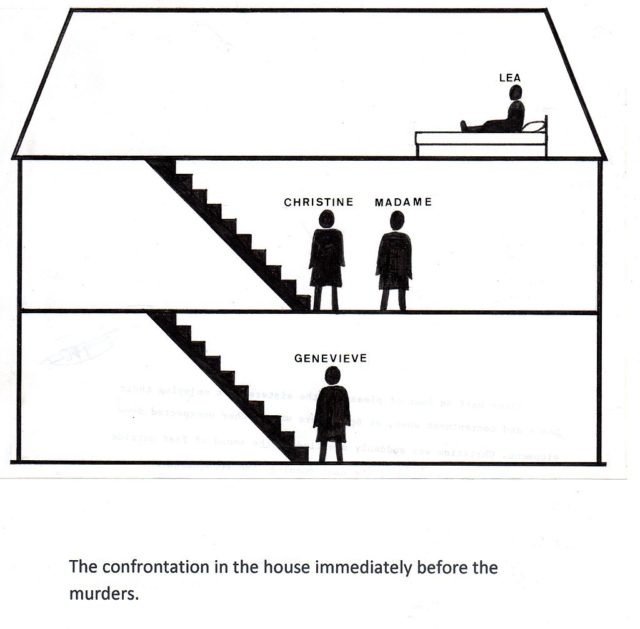
Still, the girls kept to themselves, silent as always, doing their jobs with humility and respect. They showed no interest whatsoever in the outside world and were only seen spending time with each other.
Their landlord didn’t mind as long as the housework was in order. The years went by without a single incident. But on the night of February, 2nd, 1933, Rene was supposed to meet his wife at a friend’s house for dinner.
When she was long overdue, he went home to look for her.
As he approached the house, he noticed that the lights were off and there was only candlelight coming from the maid’s chamber. The doors were locked, and the entire setting began to look suspicious.
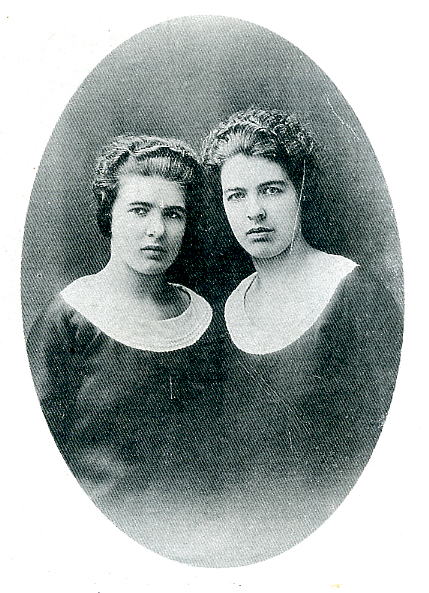
Lancelin went to the police, and they soon managed to enter the house. They had no idea what was behind those doors. The description given by Jacques Lacan, a French psychoanalyst and psychiatrist, of an “orgy of blood” vividly expresses the atrocity committed by the two maids. Lancelin’s wife and daughter had been murdered in the most brutal way, their eyes being gouged out, and their faces smashed beyond recognisability.
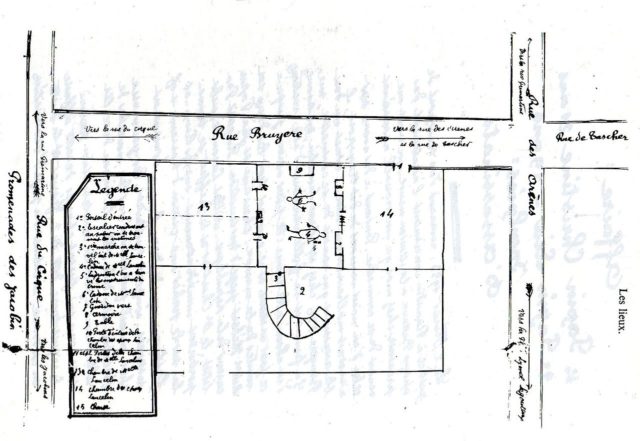
In the service room, the two girls were lying naked on the bed. They immediately confessed to the murders, very calmly and without a trace of remorse. Soon, the murder weapons were collected as evidence: a kitchen knife, a hammer, and a pewter pot.
Christine and Lea were placed in prison separately. This caused Christine to become extremely distressed. At one point she was allowed to see her sister, and on that occasion, she threw herself into her arms. The conversation that followed implied that the sisters actually nurtured a sexual relationship.
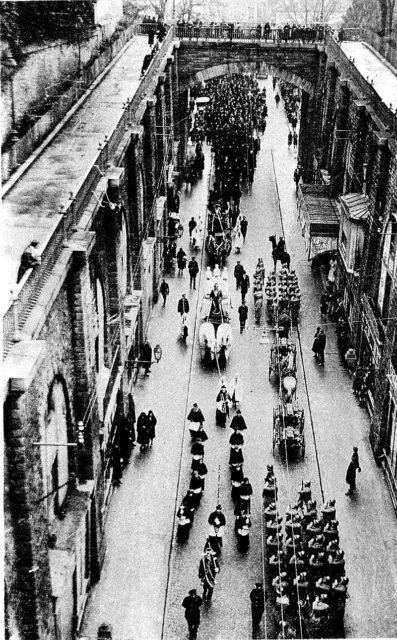
A few months later, Christine suffered a fit of insanity in which she tried to gouge her own eyes out. She was quickly restrained and subdued with a straitjacket. Afterwards, Christine stated to the police that she had suffered a similar fit on the day the murders were committed, thus implying that her behavior was a consequence of mental illness.
As the trial was about to start the pressure from the public reached fever-pitch, and the whole of France followed it carefully.
The case attracted the interest of intelligentsia of the time, as they argued that the murders were a manifestation of the class struggle, as the girls, who represented the working class, rebelled against their masters, the bourgeoisie. This reflected the poor conditions under which the people who worked as servants to the rich lived.
The aforementioned Jacque Lacan made a study following just such a thesis in which he analyzed the sisters and their odd relationship.
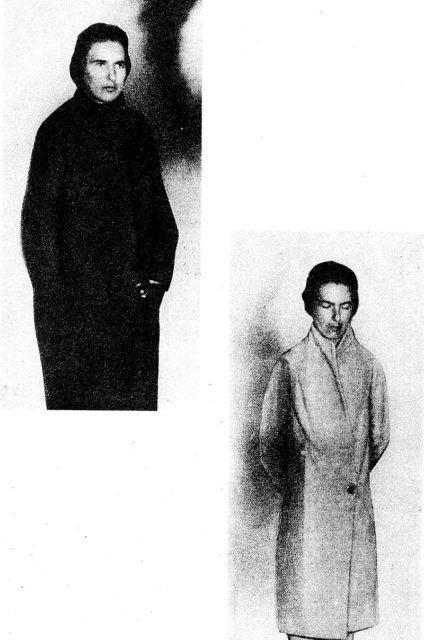
The crowd gathered in front of the courtroom in September 1933, awaiting the verdict. It was concluded that Christine was the mastermind behind the murders and that the cause of the crime was a petty feud between Madame Lancelin and her. The court also concluded that Lea, the younger of the two, was completely consumed by her sister, to the point that her personality was nothing more than a mere extension of Christine’s.
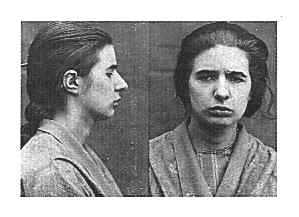
The facts about the history of mental illness in the family, as well as the violent father figure, were taken into consideration. Nevertheless, Christine was sentenced to death, and her sister received a reduced sentence due to her position as an accomplice.
Christine’s sentence was then changed to life imprisonment. Soon, she became extremely depressed, refused to eat and showed occasional fits of madness. She couldn’t cope being separated from her sister, as the two seemed to be functioning as one personality.
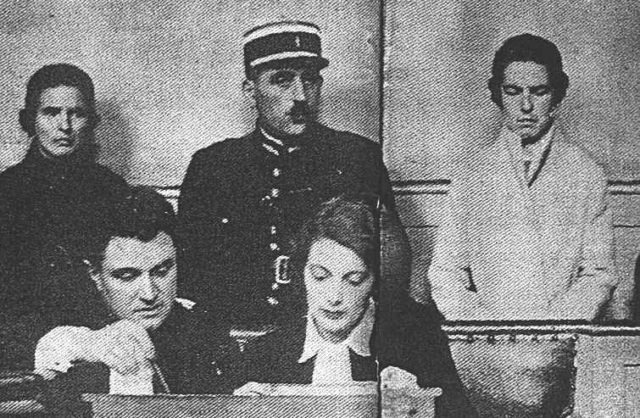
Christine Papin slowly wasted away and died in 1937. Lea was released from prison in 1941 and moved in with her alienated mother. According to some sources, Lea managed to obtain a job in a hotel in Nantes, using a fake identity.
It was believed that she had died in 1982, but this came into question in 2000 when a documentary filmmaker called Claude Ventura claimed that she was alive. She is shown in the film “In Search of the Papin Sisters,” directed by Ventura, where she can be seen partly paralyzed due to a stroke she suffered before the shooting of the film. The stroke left her speechless as well, which only adds to her mysterious persona and echoes the crime that reached out from the depths of a troubled mind.
